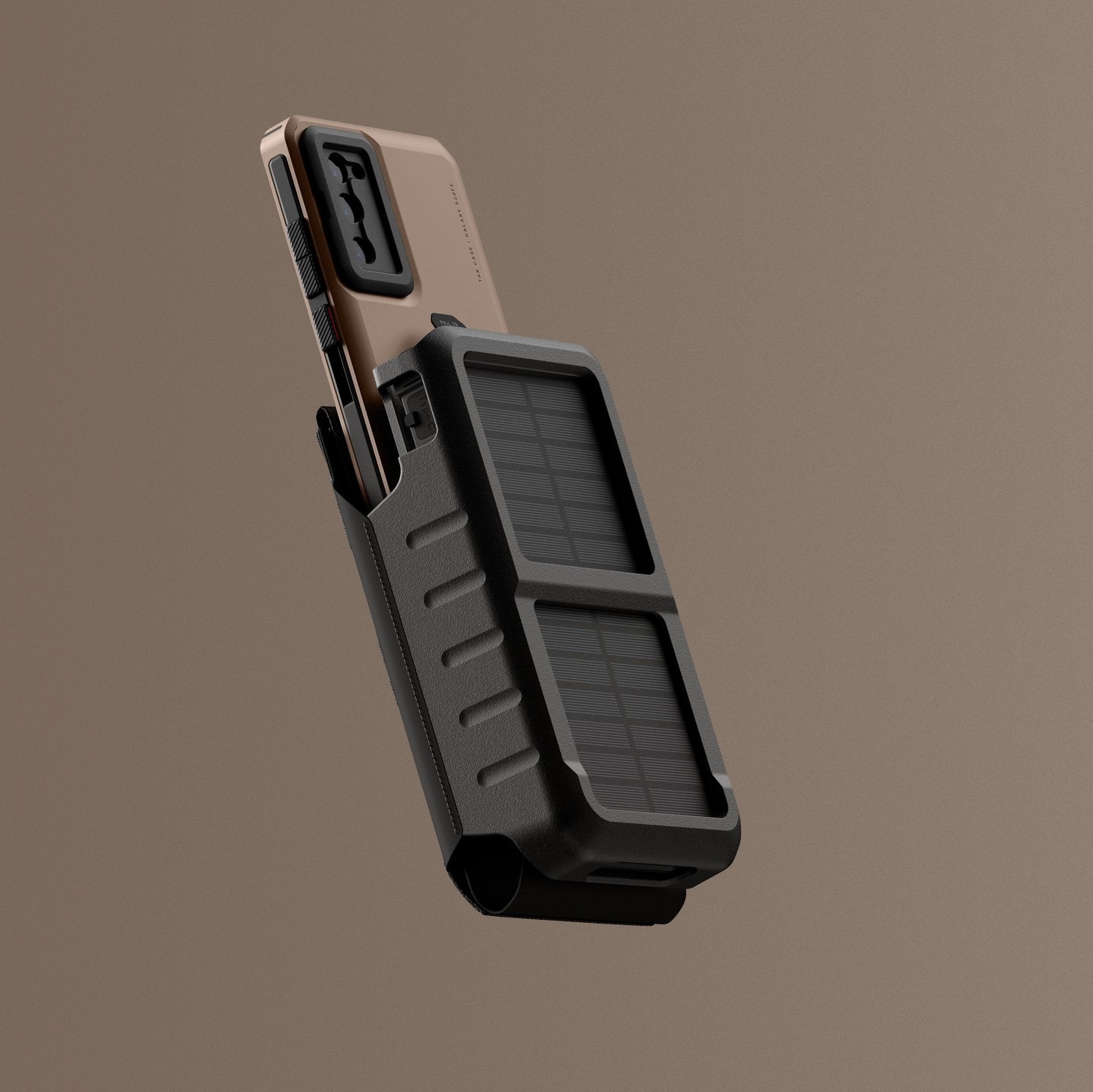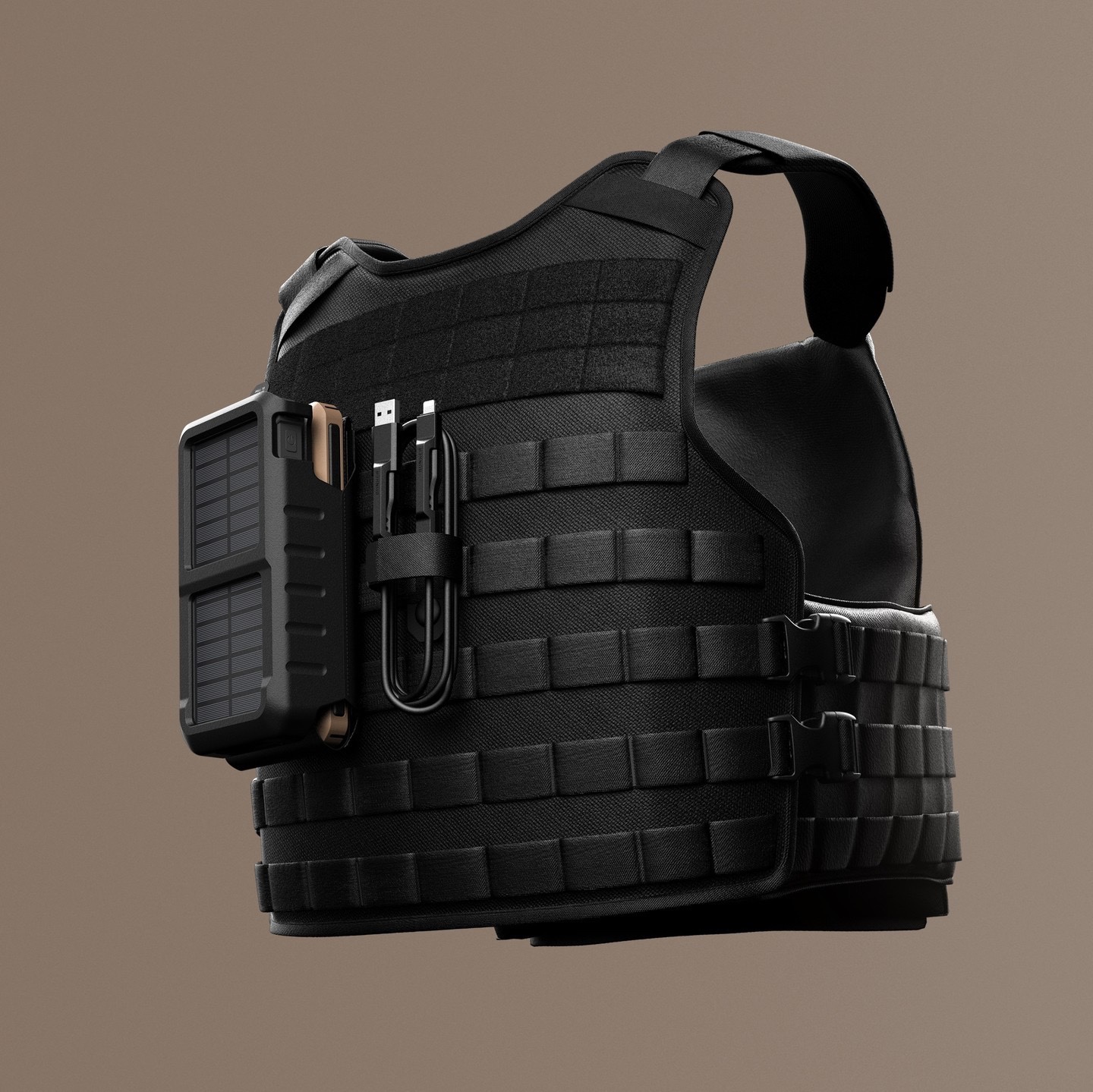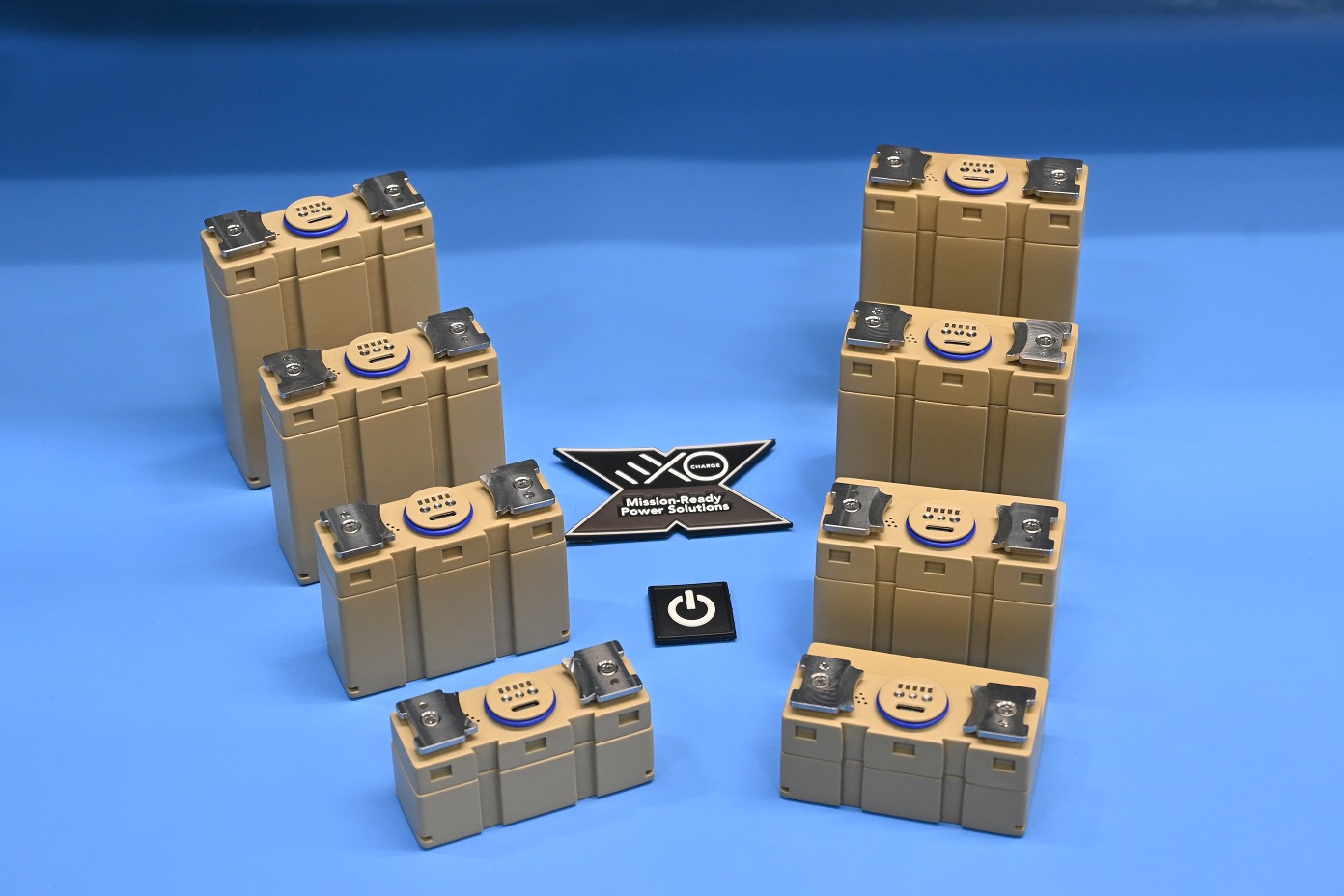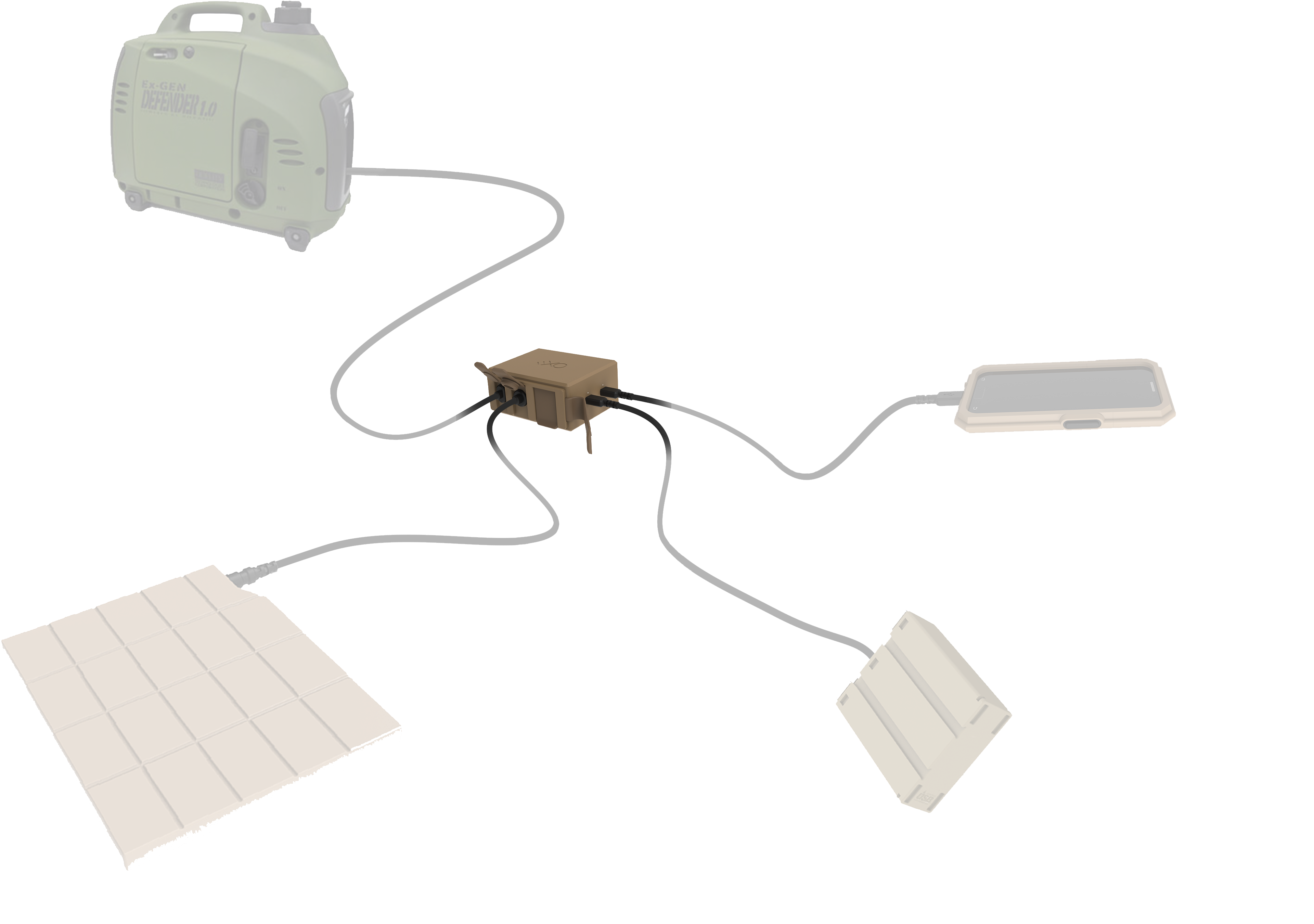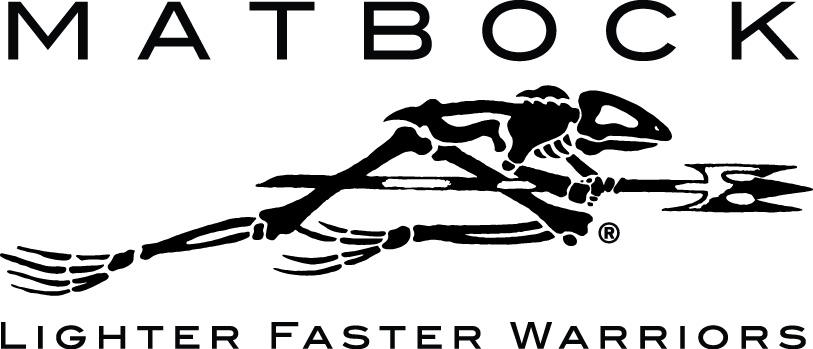FORT LEONARD WOOD, Mo. — Anyone driving around Fort Leonard Wood these days can spot one pretty quickly and easily, and it seems like there are more and more every day. Electric vehicles, or EVs, are not the future — they are here — and not just the privately-owned ones.

Government-owned vehicles are going electric as well — Fort Leonard Wood received two EVs last month, and more are on the way.
The electric vans in the Logistic Readiness Center inventory are part of the Army’s latest directive of electrifying its non-tactical vehicle fleet. Executive Order 14057 — Catalyzing Clean Energy Industries and Jobs Through Federal Sustainability — requires the Department of Defense to transition its non-tactical vehicles to a 100% zero-emission vehicle fleet, including 100% of light-duty acquisitions by 2027, and 100% of medium- and heavy-duty acquisitions by 2035, said Installation Energy Manager Allen Simpson with the Directorate of Public Works.
Fort Leonard Wood maintains approximately 540 vehicles that meet the definition of non-tactical, and the Directorate of Public Works — or DPW — is working out ways to keep those vehicles charged up and ready for use every day.
“DPW’s responsibility is to assure charging stations are installed ahead of the arrival of the electrical vehicles,” he said. “We must be ahead of the demand for them.”
Because of the lower mileage government-owned vehicles are typically driven — making it less likely they will need to be charged every day — Simpson said the plan will most-likely involve having one charging station for every four to six vehicles, and he expects to see the first seven charging stations up and running within a month or two.
To meet the goal of installing that many stations here, Simpson said DPW has employed a unique solution. They are privatizing the ownership of the charging stations under the already-existing electrical distribution contract — doing this has several advantages.
“First of all, we save on manpower of managing the purchases, operation and maintenance, and we don’t have to worry about life-cycle replacements,” he said. “We will simply pay a monthly fee, just as we do for maintaining our other utility distribution systems.”
The installation’s preparations for an electrified fleet of government-owned vehicles — and the infrastructure to charge them all — is just one piece of a larger energy plan primarily focused on resiliency and the provision of a cleaner, more sustainable environment, Simpson said.
One way DPW is doing that is by working with the U.S. Army Corps of Engineers to install two combined heat and power plants here, Simpson said.
The implementation of combined heat and power, also commonly known as cogeneration, increases energy efficiency by allowing heat that would normally be lost in power generation to be recovered to provide heating and/or cooling, which cuts costs, Simpson said.
“The efficiency comes because we are capturing the heat that’s produced in that process and putting that heat into a boiler plant,” he said. “So, we’re not having to buy that natural gas to heat the boilers. The natural gas offsets itself while we are able to produce our own electricity.”
When they are completed, Simpson said the plants will give Fort Leonard Wood the ability to produce about seven percent of its peak-power demand.
Another newer initiative is a collaboration between DPW and the USACE Prime Power School, which moved to Fort Leonard Wood from Fort Belvoir, Virginia, in 2010. The school has the mission of training service members to install, operate and maintain certain types of electrical power plants.
Leaders from these agencies, along with other stakeholders, are working together to address energy resiliency by looking into the possibility of utilizing the expertise and power-generation capabilities of the Prime Power School should the installation ever experience an electrical energy crisis, Simpson said.
Chief Warrant Officer 5 Willie Gadsden, Prime Power School commander and deputy commandant, said the Army prime power production specialists who graduate from the school are uniquely qualified to assist.
“We have a depth of knowledge that could quickly and efficiently get after that particular problem set,” he said. “It is absolutely a great partnership.”
Simpson said these projects — and others — ultimately aid in Army readiness.
“The goal is to develop and maintain programs and projects that provide each installation the means to stave off or survive a utility emergency,” he said. “The expectation I have for Fort Leonard Wood is to prepare ourselves, so that we can adapt and recover without loss to any mission or support function.”
By Brian Hill, Fort Leonard Wood Public Affairs Office
